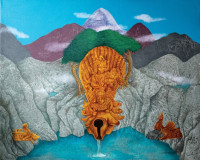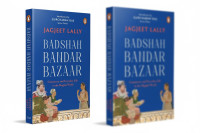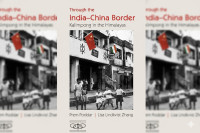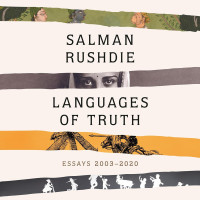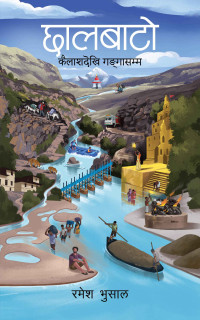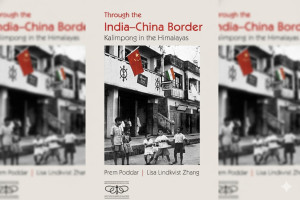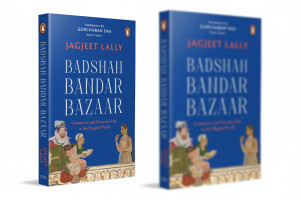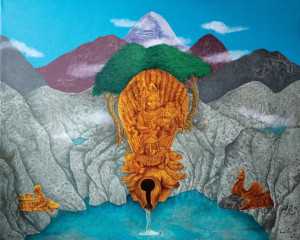Books
A gripping tale of loss and destiny
Chandra Katuwal’s ‘Bepatta Sipahi’ explores the horrors of Nepal’s civil war and the Kedarnath flood, delivering a narrative of pain, resilience, and hope.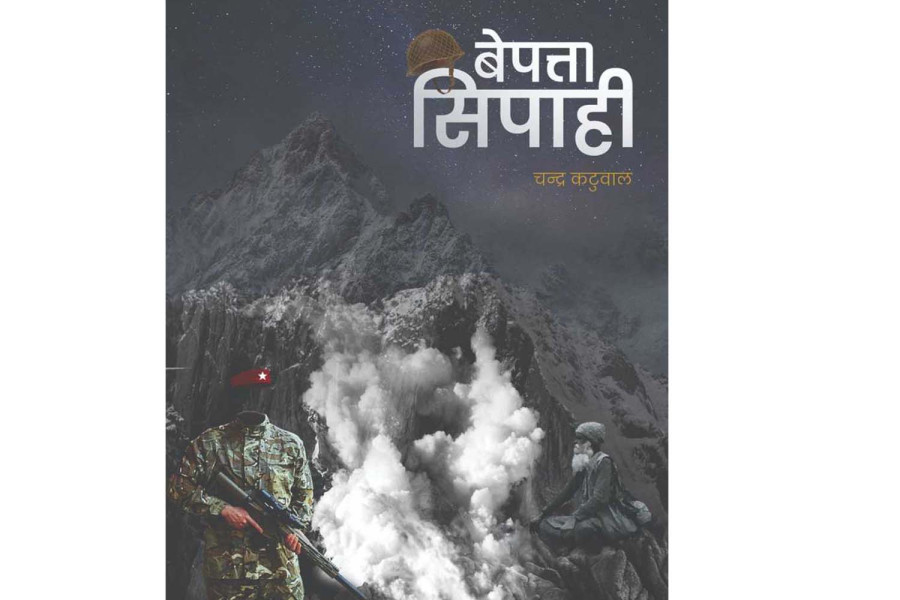
Timila Maharjan
The shopkeeper asked if I was a police officer or worked for the Nepal police when I went to purchase the book ‘Bepatta Sipahi’. His question surprised me, so I asked why he thought that. He mentioned that many police officers often ask for this book, so he assumed I might be one of them.
This made me wonder what was in the book that prompted such a question. I knew it was the sequel to ‘Sipahi Ko Diary’, a book about war and soldiers. But later, I understood why the police were particularly interested in it.
The decade-long civil war in Nepal is often said to have set the country back by 100 years. Beyond the physical devastation, it took thousands of innocent lives and shattered countless families. Similarly, the Kedarnath flood on June 16, 2013, also claimed thousands of lives. While these two events might seem unrelated, they are deeply interconnected in ‘Bepatta Sipahi’. These two incidents shape the narrative, plot, and characters.
‘Bepatta Sipahi’ is a story of pain, death, and destruction brought by war, affecting both soldiers and their families. Just as life seems to stabilise, more suffering is introduced by the Kedarnath flood. The book revolves around Tej Bahadur Raut, a missing soldier who served in the Nepal Army during the civil war. Through his first-person perspective, the story vividly portrays the horrors of war—the deaths of comrades, the mass graves, and the blood-soaked battlegrounds shared by both soldiers and Maoist fighters. It highlights the tragic reality of Nepali citizens forced to fight against those they once considered brothers and sisters, all due to political turmoil.
In ‘Sipahi Ko Diary’, the writer narrates the experiences and struggles of the soldier Shiva Chhetri. In ‘Bepatta Sipahi’, the focus shifts to his fellow soldier, Tej Bahadur Raut, who went missing during the war. During a visit to Kedarnath with his cousin-brother, Shiva comes across Tej's diary. The story unfolds through this diary, where Tej recounts various war incidents, his family troubles, the horrors of battle, and the circumstances leading to his disappearance.
Shiva is portrayed as a brave soldier, often leading his team to victories against the Maoists and earning praise from his superiors and peers. However, after a significant incident, his life takes a dramatic turn, opening up a new chapter in the story.
The connection between Tej's journey from the civil war to the Kedarnath flood is captivating, keeping readers on edge and eager to find out what happens next. The story is filled with twists, making it difficult to predict the plot. This book blends elements of thriller, suspense, romance, and more, capturing the rollercoaster of Tej's life as he navigates through unforeseen challenges and finds himself in situations he never imagined. The unpredictable turns in his life echo the book's line, "Manchey le socheko pugdaina vanchan. Tara sochyo vane pugcha," meaning, "People say just expecting, or thinking is not enough. But it is enough." The story reflects that while life is full of surprises, expecting the unexpected is no surprise.
Katuwal's ‘Bepatta Sipahi’ spans different periods, from the civil war to the Kedarnath flood, with time shifting as the author narrates various events. The book also includes a fragment from the diary of Tej's sister, Niru, a Maoist soldier.
Mentioned in Tej's diary, Niru’s account provides insight into the perspective of a Maoist soldier. It reveals why she joined the Maoists and became a soldier, even if it meant opposing her family and turning her brother into an enemy. The book portrays the shared terror of war through her story, where soldiers on both sides are tragically forced to fight against each other.
The war scenes in ‘Bepatta Sipahi’ are depicted with striking detail, capturing every nuance of the experience. The emotions involved—firing at the enemy, having brief conversations with comrades, or witnessing their deaths—are conveyed, allowing readers to fully immerse themselves in the story.
The writer incorporates multiple languages in the book, including Nepali, Hindi, and English, adding depth and authenticity to the narrative.
The book provides a detailed portrayal of the civil war, vividly illustrating the conditions people and villages face. It captures the horror of war through the eyes of a soldier, highlighting the uncertainty of their lives and the government's shortcomings in protecting them. The character often voices frustration over the government's neglect of soldiers' safety.
While ‘Bepatta Sipahi’ focuses on Tej's life, the array of characters and shifting settings—from the battlefield to Kedarnath—can initially be confusing. The story may seem disjointed initially, but the connections between the characters and events become clearer as readers progress. However, the book has some literary shortcomings, such as using specialised military terminology that might be challenging for some readers.
Although ‘Bepatta Sipahi’ is a sequel to ‘Sipahi Ko Diary’, it stands alone and can be understood without reading the first book. While ‘Sipahi Ko Diary’ recounts the author's experiences as a soldier, ‘Bepatta Sipahi’ shifts focus to the story of a fellow soldier and his search for him, drawing on the author's real-life experiences.
Bepatta Sipahi
Author: Chandra Katuwal
Year: 2022
Publisher: Bhundipuran Prakashan
Pages: 216




 24.12°C Kathmandu
24.12°C Kathmandu
